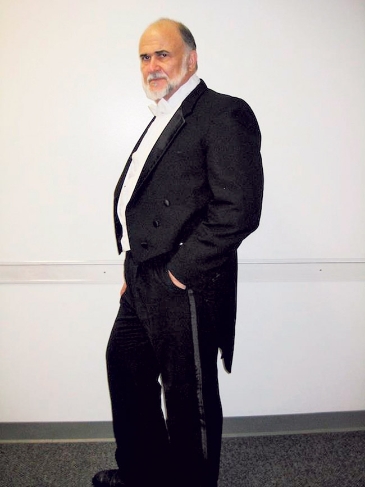For The Love of Nose Flutes
Winding along Kamehameha Highway toward Waiahole is transportive. But step inside Waiahole Poi Factory and meet kumu hula “Uncle” Calvin Hoe, and the modern world disappears. It’s pure, timeless talk-story time as he reaches into his tattered woven bamboo carrying case and begins pulling out flutes in various lengths and thicknesses – each with such care, like it’s an old friend. And as they materialize, so do the stories that accompany them.
art_3
These are traditional ‘ohe hano ihu, or bamboo nose flutes. In 1970, when Hoe returned from the Peace Corps, he was teaching at Kamehameha Schools, where renowned kumu hula Aunty Nona Beamer was teaching Hawaiian cultural activities in a program called Explorations, which continues today. Already an avid practitioner of ancient Hawaiian instruments, through association with Aunty Nona, Hoe became immersed in the art of making ‘ohe hano ihu. The famed Beamer family, including Nona’s cousin Mahi and her sons Keola and Kapono, all make use of the nose flute in their music.
As Hoe describes his longtime connection with the Beamer family, he pulls out his “Beamer style” flute with its hole for blowing into and three fingering holes. The Beamer flute is the one he uses in workshops and the one that he cuts and carves for Explorations students, to the tune of 1,900 of them each summer.
Hoe pulls other flutes out of his pack bearing differing amounts or placement of finger and air holes. Then other instruments begin appearing: large and baby coconut shells, a gourd, a small kamani nut. All of them are fitted with holes, and one by one, Hoe raises them to his nose, covers his left nostril with his forefinger, and the fingers of his right hand play along the holes. The round-bellied instruments produce haunting wind song, while the bamboo emits high, peaceful notes. Hoe plays a bamboo flute and then breaks into the accompanying hula chant, and the air in the room turns electric.
“Not too many people were playing the flute before the ’70s,” says Hoe. “The nose flute, along with other hula instruments, was banned. It started when Kaahumanu (lifespan 1768 to 1832), one of the wives of Kamehamheha, converted to Christianity and decided that this instrument and several others weren’t proper because they were love-making instruments. They were kept underground, but gradually started coming back in the ’70s.”
The romantic angle is intriguing, but not much information has been retained about what nose flute courtship entailed.
Cars breeze by heading to the North Shore and chickens strut past as Uncle Calvin holds up a Native American nose flute and then one from Tonga, while describing their discerning characteristics. Hoe is a world expert on native instruments and has been invited to the Smithsonian Institute as an ‘ohe hano ihu and pre-European contact instrument specialist.
He explains that the people of Fiji, Tonga, Samoa, the Philippines and Aotearoa all had their own version of the nose flute, and that the earliest known instrument in humankind is a nose flute made of bone.
The public will have a chance to hear some fascinating facts about nose flutes and absorb some of Hoe’s expertise at the sixth annual International Waikiki Hula Conference coming up May 17-19. Among the more than 80 workshops on hula, chant, history, crafts and more will be Hoe’s workshop, where each attendee receives a Beamer flute.
“I’ll teach them how to compose music and have fun with the flute,” says Hoe. “We all want to make music, and we all can. I tell people at the conference, when I go to gather the bamboo, I have respect for the forest. I don’t like cutting stuff down if I don’t have to. In our tradition, we ask for permission. I explain to the forests, ‘I apologize, but I’m just wanting to make flutes and I want to share the flutes.’ I want to fill the whole world with music.”
Hoe makes a point of helping each person try their nose at the flute, and when you get that clear note to sound, it feels like a proud accomplishment. Bringing home the flute is even more exciting. Whose ears don’t perk up when they hear the words “nose flute”? But learning about the culture and history behind the flute is what makes it extra special.
the TICKET stub
International Waikiki Hula Conference
When: May 17-19
Where: Hawaii Convention Center
Cost: $385 ($250 for kamaaina)
More Info: waikikihulaconference.com






